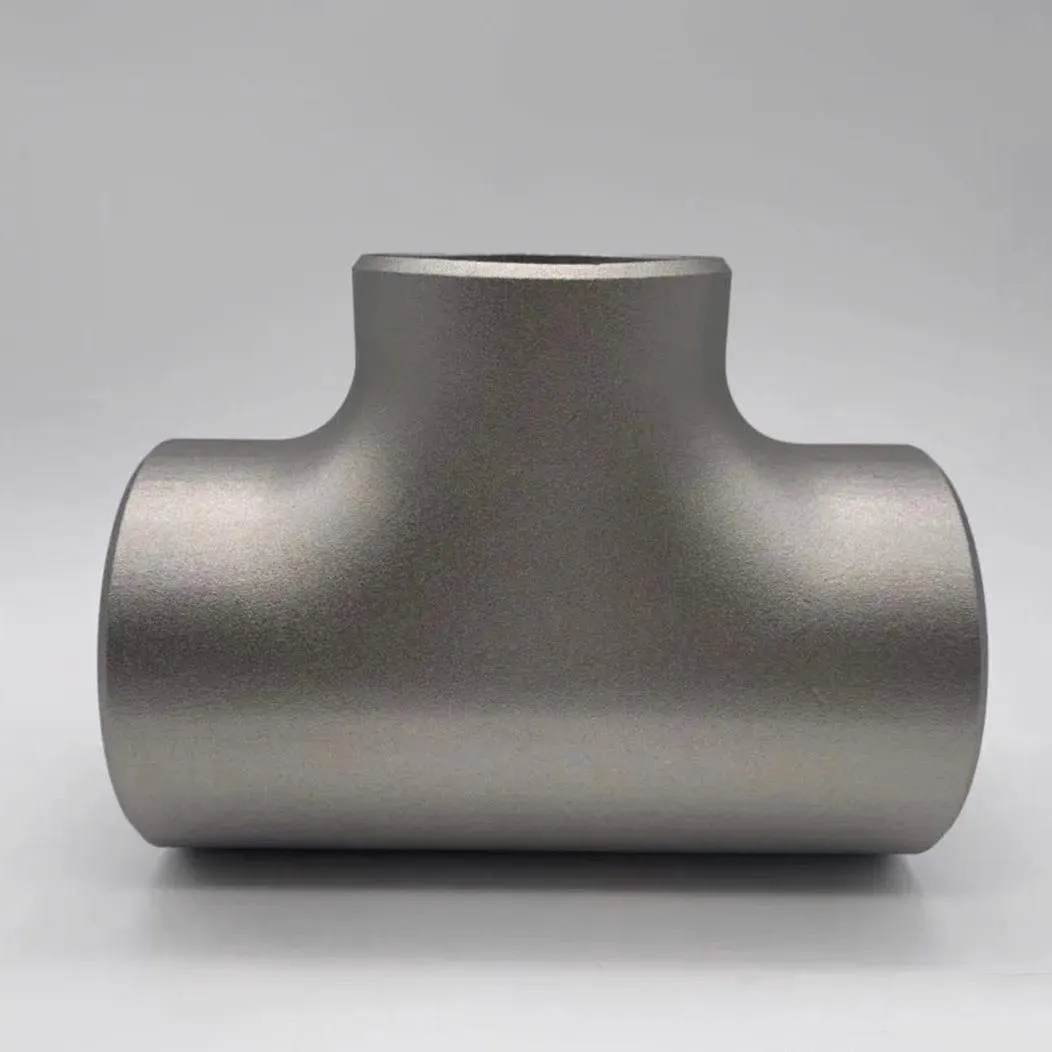-
Cangzhou Yulong Steel Co., Ltd.
-
Phone:
+86 13303177267 -
Email:
admin@ylsteelfittings.com
- English
- Arabic
- Italian
- Spanish
- Portuguese
- German
- kazakh
- Persian
- Greek
- French
- Russian
- Polish
- Thai
- Indonesian
- Vietnamese
- Zulu
- Korean
- Uzbek
- Hindi
- Serbian
- Malay
- Ukrainian
- Gujarati
- Haitian Creole
- hausa
- hawaiian
- Hebrew
- Miao
- Hungarian
- Icelandic
- igbo
- irish
- Japanese
- Javanese
- Kannada
- Khmer
- Rwandese
- Afrikaans
- Albanian
- Amharic
- Armenian
- Azerbaijani
- Basque
- Belarusian
- Bengali
- Bosnian
- Bulgarian
- Catalan
- Cebuano
- China
- China (Taiwan)
- Corsican
- Croatian
- Czech
- Danish
- Esperanto
- Estonian
- Finnish
- Frisian
- Galician
- Georgian
- Kurdish
- Kyrgyz
- Lao
- Latin
- Latvian
- Lithuanian
- Luxembourgish
- Macedonian
- Malgashi
- Malayalam
- Maltese
- Maori
- Marathi
- Mongolian
- Myanmar
- Nepali
- Norwegian
- Norwegian
- Occitan
- Pashto
- Dutch
- Punjabi
- Romanian
- Samoan
- Scottish Gaelic
- Sesotho
- Shona
- Sindhi
- Sinhala
- Slovak
- Slovenian
- Somali
- Sundanese
- Swahili
- Swedish
- Tagalog
- Tajik
- Tamil
- Tatar
- Telugu
- Turkish
- Turkmen
- Urdu
- Uighur
- Welsh
- Bantu
- Yiddish
- Yoruba

Sep . 02, 2024 01:06 Back to list
API 5L X52 PSL1 Steel Pipe Specifications and Applications
Understanding API 5L X52 PSL1 A Comprehensive Overview
API 5L X52 PSL1 is a specification developed by the American Petroleum Institute (API) for line pipes utilized in the transportation of oil, natural gas, and other fluids. This standard is a fundamental part of the pipeline industry and plays a crucial role in ensuring safety and reliability in pipeline construction and operation. The characteristics and features of API 5L X52 PSL1 are pivotal for engineers, manufacturers, and contractors involved in various pipeline projects.
Key Specifications of API 5L X52 PSL1
The API 5L specification covers several pipe grades that are categorized into different levels based on their yield strength. The X designation indicates the minimum yield strength in thousands of psi (pounds per square inch). Therefore, X52 means that the pipe has a minimum yield strength of 52,000 psi. The PSL (Product Specification Level) designation indicates the specific requirements regarding the pipe's chemical composition, mechanical properties, and additional testing.
PSL1 is the baseline level of the specification that includes minimum requirements for the pipe's properties. It covers aspects such as dimensions, tolerances, and manufacturing processes. However, it does not entail the same rigorous testing and quality control requirements as PSL2. This makes PSL1 pipes more cost-effective for applications that do not demand the higher levels of assurance provided by PSL2.
Chemical Composition and Mechanical Properties
api 5l x52 psl1

API 5L X52 PSL1 pipes are typically made from carbon steel, which is the most common material used in pipeline construction. The chemical composition includes specific percentages of carbon, manganese, phosphorus, sulfur, and sometimes micro-alloying elements. These elements are carefully controlled to achieve the desired mechanical properties.
In terms of mechanical properties, X52 pipes present a minimum yield strength of 52,000 psi and a minimum tensile strength of 69,000 psi. The elongation percentage and impact tests are also crucial, especially for pipes used in areas prone to low temperatures or seismic activity. Meeting these standards ensures that the pipes can withstand the operational stresses encountered during service.
Applications of API 5L X52 PSL1 Pipes
The versatility of API 5L X52 PSL1 pipes makes them suitable for various applications. They are predominantly used in the oil and gas industry, particularly for transporting crude oil, natural gas, and refined products over long distances. Additionally, these pipes can be found in water supply systems, irrigation, and other fluid transportation scenarios. The ability to meet the necessary pressure and temperature ratings is crucial for maintaining system integrity and safety.
Conclusion
In summary, API 5L X52 PSL1 is an essential specification that provides a foundational framework for the manufacturing and use of line pipes in the energy sector. Its design focuses on achieving a balance between strength and cost-effectiveness, making it a preferred choice for many pipeline projects. By adhering to the standards set forth in this specification, industry stakeholders can ensure the reliable and safe transportation of vital resources. Understanding API 5L X52 PSL1 not only enhances the knowledge of engineers and manufacturers but also contributes to the overall efficiency and safety of pipeline systems worldwide.
Latest news
-
ANSI 150P SS304 SO FLANGE
NewsFeb.14,2025
-
ASTM A333GR6 STEEL PIPE
NewsJan.20,2025
-
ANSI B16.5 WELDING NECK FLANGE
NewsJan.15,2026
-
ANSI B16.5 SLIP-ON FLANGE
NewsApr.19,2024
-
SABS 1123 FLANGE
NewsJan.15,2025
-
DIN86044 PLATE FLANGE
NewsApr.19,2024
-
DIN2527 BLIND FLANGE
NewsApr.12,2024
-
JIS B2311 Butt-Welding Fittings LR/SR 45°/90° /180°Seamless/Weld
NewsApr.23,2024











